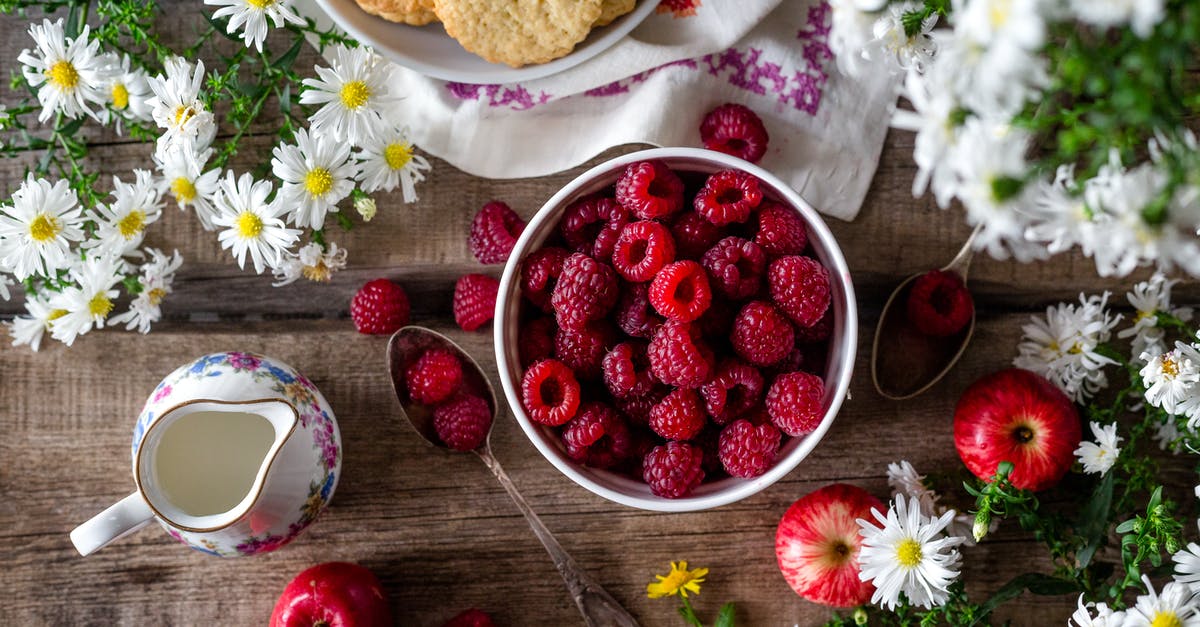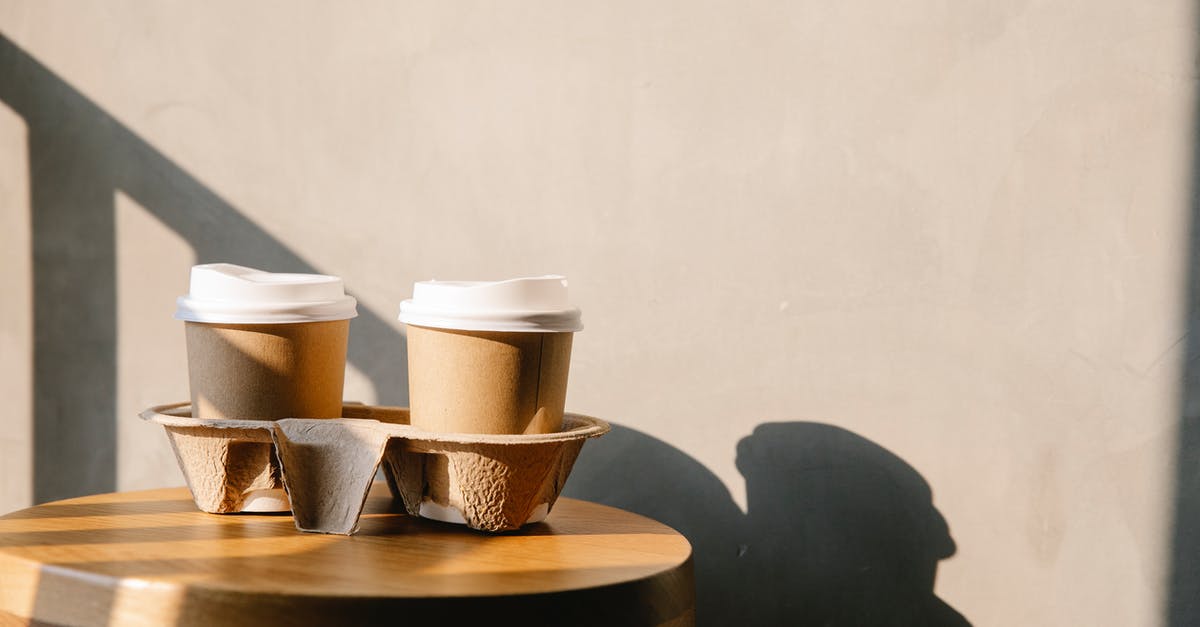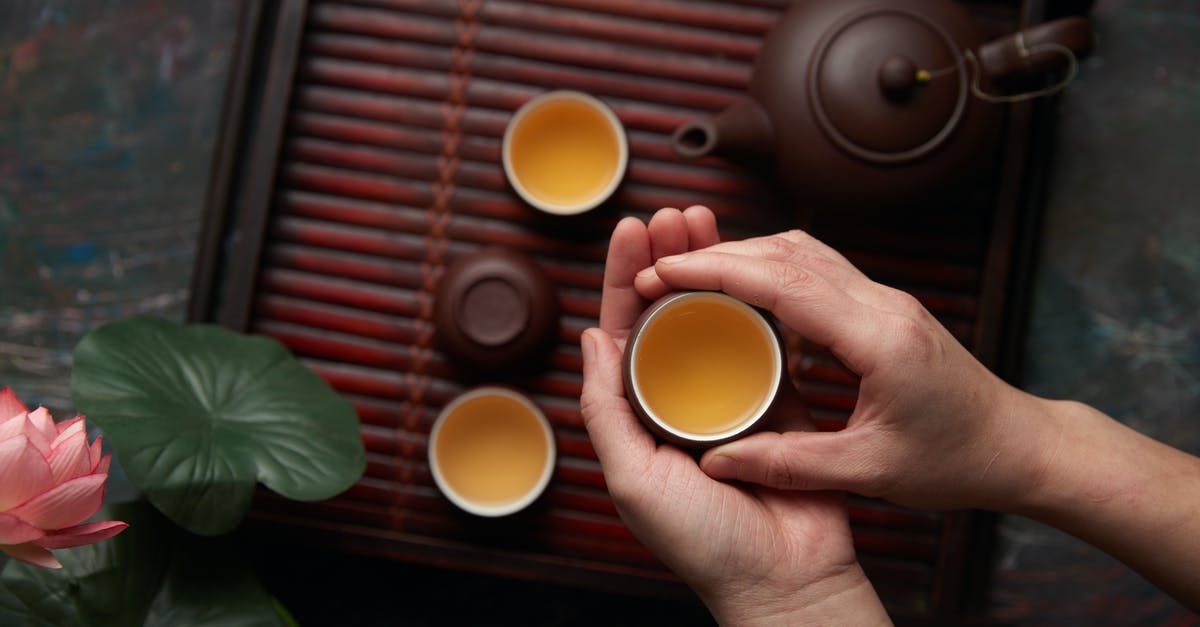What's really happening when reusing tea leaves?

I reuse my green tea bags three or even four times with little to no loss in flavor. But it's a pain to reheat water to the correct temperature after I'm done with the first cup and wait another three minutes for the tea to brew.
I've never tried brewing a single bag in 24 or 32 ounces of water rather than eight, but I'd be surprised if the resulting tea would result in the same strength as brewing three individual cups. Is this the case? What if I let the single bag brew for more time in the larger volume of water? What exactly is happening here?
Bonus points: Why is it that green tea doesn't seem to lose much flavor after reuse, but black teas are practically useless after a single brew?
Best Answer
There are couple of factors at work when re-steeping green tea: temperature, time, and the quality of the tea (the size & way it's been processed). Green tea is supposed to be brewed with water that's been brought to boil and allowed to cool to 167 - 176 degrees Fahrenheit (though many people simply heat the water to that point or what they eyeball as hot but not boiling). Green tea is typically steeped for 1 - 2 minutes. And green tea, especially loose leaf, but also with higher quality tea bags, has furled and sometimes rolled leaves. The lower temperature, the short steeping time, and the curled leaves mean that flavor is still left within the leaves even after multiple steepings. The leaves continue to expand and release in subsequent baths. I don't, unfortunately, know any of the exact science--what's being released when, etc.
However, a possible alternative to boiling & brewing individual teas when done or simply using more tea (the typical choice when brewing larger quantities), you can bring your water to temperature, steep, pour it into a preheated or heat retaining container, and repeat the cycle until you've brewed your multiple cups in one go. As far as I know the tea leaves don't need to 'rest' in between brewings.
The reason green tea can be re-steeped is also the reason most black teas can't. Black tea is subject to boiling water for a longer period of time (typically Western use is 3 - 5 minutes; some cultures favor an even longer steep for the deeply bitter tannins). The hotter and longer steep pulls more flavor out of the leaves faster. Some black teas, especially high quality whole-leaf, can be re-steeped, however. Most bagged black teas--and a lot of loose leaf--can't.
The heat & steep time is dictated by the processing of the tea once it's picked. Green tea has minimal processing--pluck, wilt, shape & dry. Black tea is allowed complete oxidation (called fermentation). Fermentation breaks down chlorophyll, releases tannins, and forms many of the taste & aroma compounds that typify black tea. Oolongs and other varieties are subjected to varying degrees of fermentation. The size & shaping of the tea leaf--allowed to remain whole, broken, rolled, or (for most bagged tea) cut into fannings and dust, also affects how tea should be initially steeped and whether it can be re-steeped. Highly rolled oolongs, for example, often hold up to more steepings than green tea and are even said to taste best only on the 3rd or further steeping.
Pictures about "What's really happening when reusing tea leaves?"



Is it OK to reuse tea leaves?
The short answer is YES, you can reuse tea leaves, especially loose leaf tea! Reuse, in tea's context, is re-steep. Resteeping tea leaves is a common practice in China. By using the gaiwan with gong fu approach of brewing tea (the one with gaiwan!), teas can be steeped multiple times \u2014 from 6 to 8 times, or even more.How many times can I reuse the same tea leaves?
How Many Times Can You Steep Loose Leaf Tea? Depending on what method of infusion you use, you can steep tea leaves about five to ten times. Using a traditional western preparation method, you can infuse many types of tea at least two to three times.Can you brew tea leaves twice?
You can brew almost any loose leaf tea at least twice. However, this is true only for real teas. Many herbal teas may not offer multiple infusions. Re-steeping is not only a great way to get more cups of tea, it's important for understanding the flavors and extract as much beneficial compounds as possible.How many times can you reuse tea leaves for cold brew?
Reuse your leaves As with hot tea infusions, if you're using high quality tea, you can re-infuse the leaves multiple times. The same goes for iced tea. Just remember to leave the infusing to brew for a little longer with each repeat of the leaves.Minecraft wait what meme part 251 (Scary Herobrine and Enderman)
More answers regarding what's really happening when reusing tea leaves?
Answer 2
Not sure about bags, but it does take considerably more loose tea for a large pot than a small one, so no, probably not. Try adding more than one bag if you're doing a large quantity of water; that ought to give you the same effect as my adding extra scoops to a teapot. For best results, though, invest in a cast-iron teapot and loose-leaf tea: brew once, then remove the tea and put the lid back on the pot, it'll stay hot long enough for you to enjoy multiple cups.
Furthermore, a good black tea will get you 3-4 brews easily; I suspect it's only because bag tea has the worst quality leaves that you're not getting a second brew.
Answer 3
I'll respectfully delete this if deemed not relevant, but nobody else has answered yet so hopefully it's a reference point better than none?
I make coffee using a plastic cone (instead of a French press) when I'm rationing my beans right before payday. (cone with small hole in bottom sits atop cup, filter inside holds grounds, pour hot water over grounds so it drips coffee into cup.)
When I'm going out and around, I fill up my insulated travel mug, plus a roughly 10-ounce home mug, with coffee. When I'm home I just make two or three 10-ounce home mugs throughout the morning using the same grounds.
While it obviously isn't ideal coffee, the quality is the same as to how much water the grounds will tolerate before producing weak, watery coffee, whether I pour it all at once or throughout the morning. The only variance is that I eyeball pouring the beans into the grinder each morning, so the ground product is sometimes a slightly different amount.
Tea, like coffee, will have a finite amount of goodies that can be extracted into the water. I'm not sure why black and green teas would behave differently; is black tea more dry than green so that it absorbs more of the water?
Sources: Stack Exchange - This article follows the attribution requirements of Stack Exchange and is licensed under CC BY-SA 3.0.
Images: Biferyal, Biferyal, Pixabay, Sarah Chai
